After dYdX’s headline-making departure from Ethereum’s layer-2 ecosystem to its own standalone Cosmos-based chain, the crypto derivatives giant has been on a mission to prove that app-specific blockchains are the future.
Speaking to Cryptopolitan in an exclusive interview, Charles d’Haussy, CEO of the dYdX Foundation, was characteristically bullish not just on dYdX’s new trajectory, but on DeFi’s coming resurgence and Ethereum’s enduring dominance.
D’Haussy laid out a map for both the DeFi landscape and crypto markets over the coming months. He forecasts Bitcoin to hit $150,000 and Ethereum to reach $5,000 by October 2025. He even highlighted the accelerating role of stablecoins and real-world assets (RWAs) as the main catalysts driving the next phase of adoption.
Leaving Ethereum behind
dYdX’s migration to its own chain was one of the most ambitious moves in DeFi history. While leaving Ethereum’s layer-2 (StarkEx) stack raised eyebrows, d’Haussy is crystal clear: there are no regrets.
“With our own chain, when you have a critical size, every app deserves to have its own chain,” d’Haussy said. By building on Cosmos, dYdX escaped dependence on Ethereum’s roadmap, giving the protocol full sovereignty to optimize its stack exclusively for crypto derivatives — the largest market in crypto, worth ten times the spot market, he reminds.
Since the 2023 migration, dYdX’s standalone chain has clocked $305 billion in trading volume. Over 80% of DYDX tokens have successfully migrated to the new chain. “The migration has been doing well,” d’Haussy asserts, despite some short-term turbulence from emerging competitors like Hyperliquid.
Despite leaving Ethereum, d’Haussy remains a staunch believer in its future. He dismissed all sorts of chatter about waning momentum. “If you remove the noise from Twitter and look at the facts, the majority of stablecoins, RWAs, and tokenization initiatives like BlackRock’s are all on Ethereum,” he says. Solana is a strong competitor, but he doubts it can dethrone Ethereum’s entrenched ecosystem.
Is Hyperliquid a new challenger?
Few players have rattled the decentralized perpetuals market like Hyperliquid. But d’Haussy strikes a calm, seasoned tone. “Hyperliquid is a good team, but I think they are flying very close to the sun. They’re in their honeymoon period after their token airdrop. Things always rebalance,” he says, citing dYdX’s deeper war chest and staying power.
With dYdX Labs holding a $150 million treasury and institutional traders sticking around, d’Haussy sees a clear road ahead. The launch of a $20 million user incentive program over nine months is designed to bolster volumes during the bear market doldrums, with a special emphasis on rewarding active retail traders, not just whales.
“When you stake DYDX, you don’t get DYDX — you get USDC,” d’Haussy explains. Traders pay fees in USDC, and 25% of those fees are distributed to stakers as rewards, alongside the protocol and DAOs. There’s no inflation diluting supply, instead, dYdX executes token buybacks to fuel a flywheel of value accrual. “It’s somehow a revenue share for stakers,” he notes, proudly pointing out last week’s first buyback event.
Is spot trading next for dYdX?
Derivatives may be the bread and butter, but spot trading is next on dYdX’s roadmap. The team plans to roll out spot markets via an upgraded Cosmos SDK, unlocking opportunities for cross-market strategies akin to centralized exchanges like Binance.
Yet, d’Haussy is candid about DeFi’s Achilles heel: user experience. Rather than endlessly bemoan clunky wallet UX, dYdX is laser-focused on distribution. Integrations with major centralized exchanges’ non-custodial wallets, like Binance Wallet, are part of a strategy to “bring dYdX where the users are,” tapping tens of millions of CEX users ready to dip into DeFi.
Since launching its own chain, dYdX has cultivated a validator set that reflects both decentralization and strategic partnerships. “We have 60 validators, including Binance and OKX,” d’Haussy reveals. The majority of voting power remains concentrated in the top 15 validators, but for a one-year-old chain, he views this as solid progress.
He also predicts a macro tailwind for crypto. With Trump’s tariff policies and potential U.S. stablecoin legislation unfolding, d’Haussy expects central banks to return to liquidity injections by late summer. This will be a scenario where Bitcoin leads the rally, followed by Ethereum, Solana, and finally blue-chip DeFi tokens like dYdX.
dYdX’s CEO predicts $600B stablecoin boom
D’Haussy confirmed that dYdX is already operating as a fully permissionless platform, with its open-source infrastructure allowing anyone to fork or build atop it. “You can come and trade on dYdX without any permissions. You can participate in the governance. It’s already totally permissionless,” he stated. Looking forward five years, he foresees a dramatic rise in on-chain RWA trading and significant portions of the massive FX market migrating to platforms like dYdX.
Interestingly, d’Haussy predicts that most users will interact with dYdX-based infrastructure without even realizing it, as layers of applications abstract away the difficulties of crypto derivatives markets. “People will keep building on top of it … better UX will make people not realize they are going deeper in the stack,” he explained, citing increasing composability as a key driver.
However, it’s the stablecoin market that he identifies as the clearest growth engine. Currently valued at $300 billion, d’Haussy expects the sector to double to $600 billion by the end of 2025, calling it “the biggest innovation in our industry, not in terms of new invention, but as the clear path of growth.”
Trump tariffs and MiCA rules
On market outlooks, d’Haussy is overtly bullish. He expects central banks to pause tightening, regulatory clarity to improve (especially around stablecoins in the U.S.), and bullish momentum to accelerate. “I foresee Bitcoin going first, probably $150,000 by the middle of October, and then the altcoin season starting. I’m very confident in a $5,000 Ethereum,” he said, while also noting optimism for Solana.
Commenting on Europe’s MiCA (Markets in Crypto-Assets) regulatory framework, which recently completed 100 days of implementation, d’Haussy acknowledged that while it introduces stricter rules, it ultimately benefits the ecosystem. “If you have the top 10 issuers, you’re good. People will always come back to trust,” he said, noting that established stablecoin issuers will thrive under MiCA’s curation of quality players.

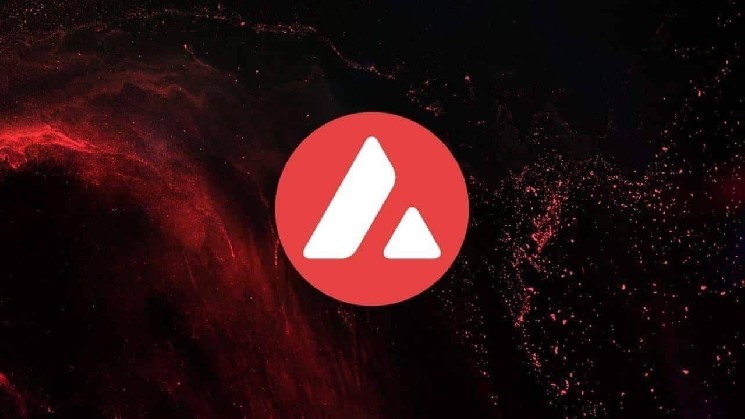

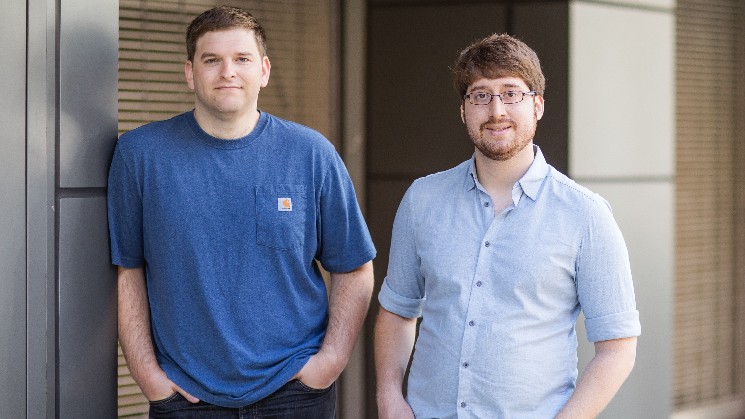
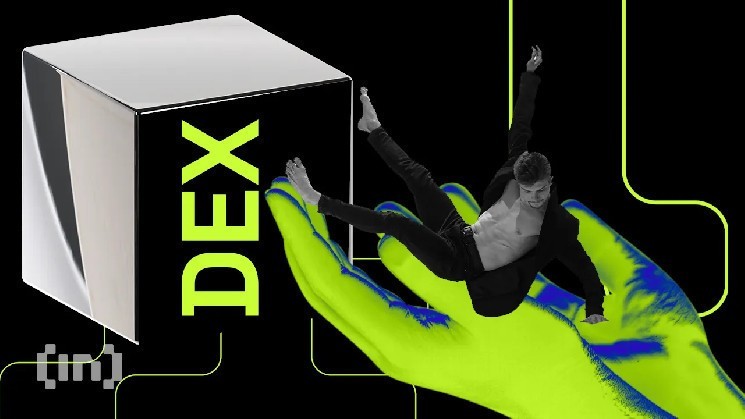



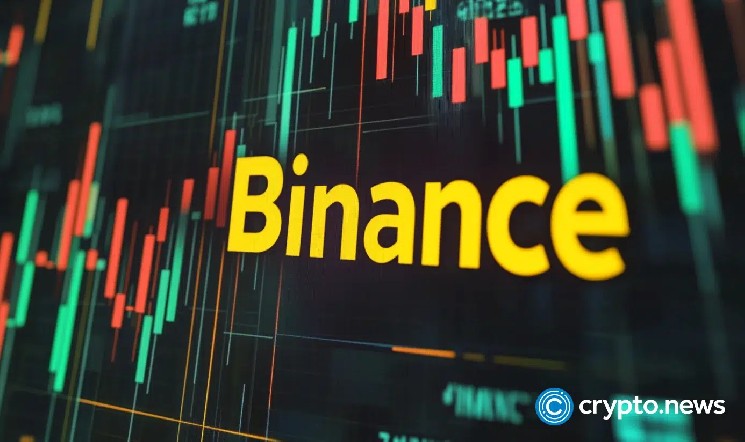
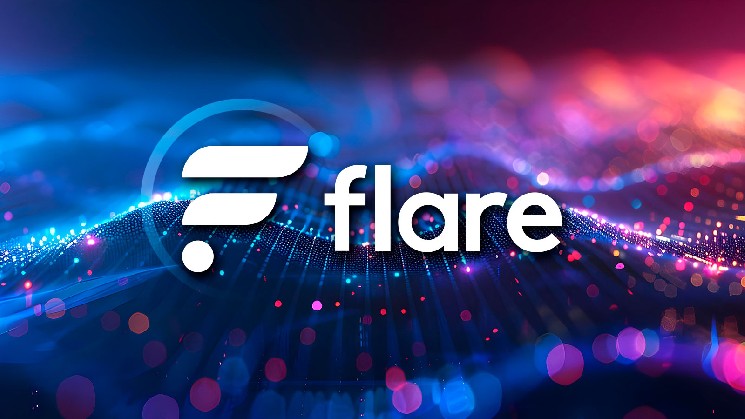





Leave a Reply